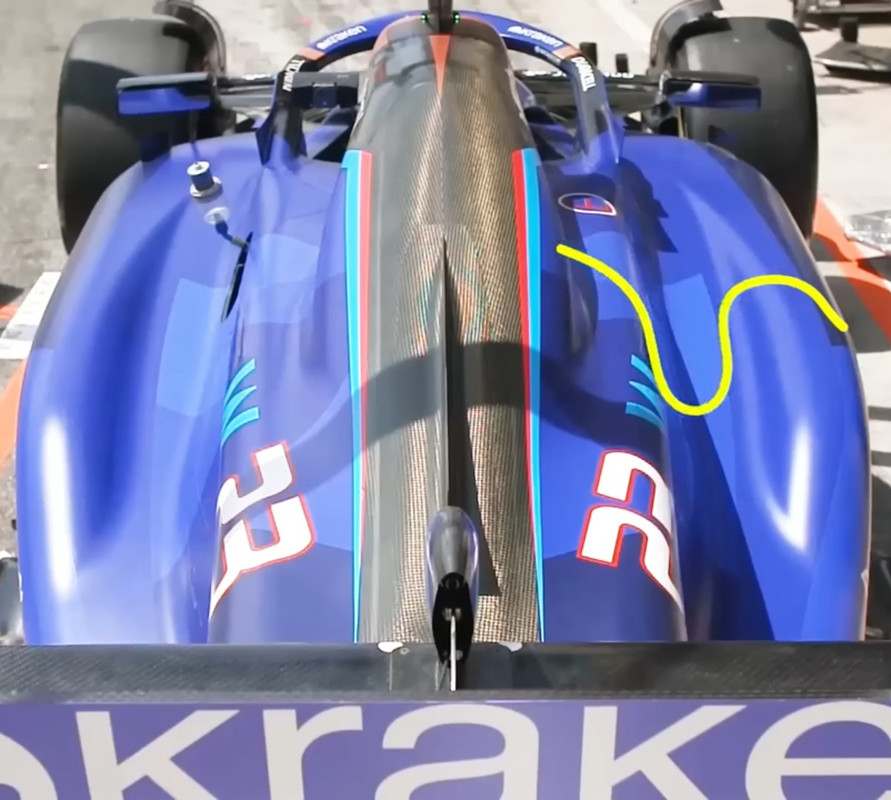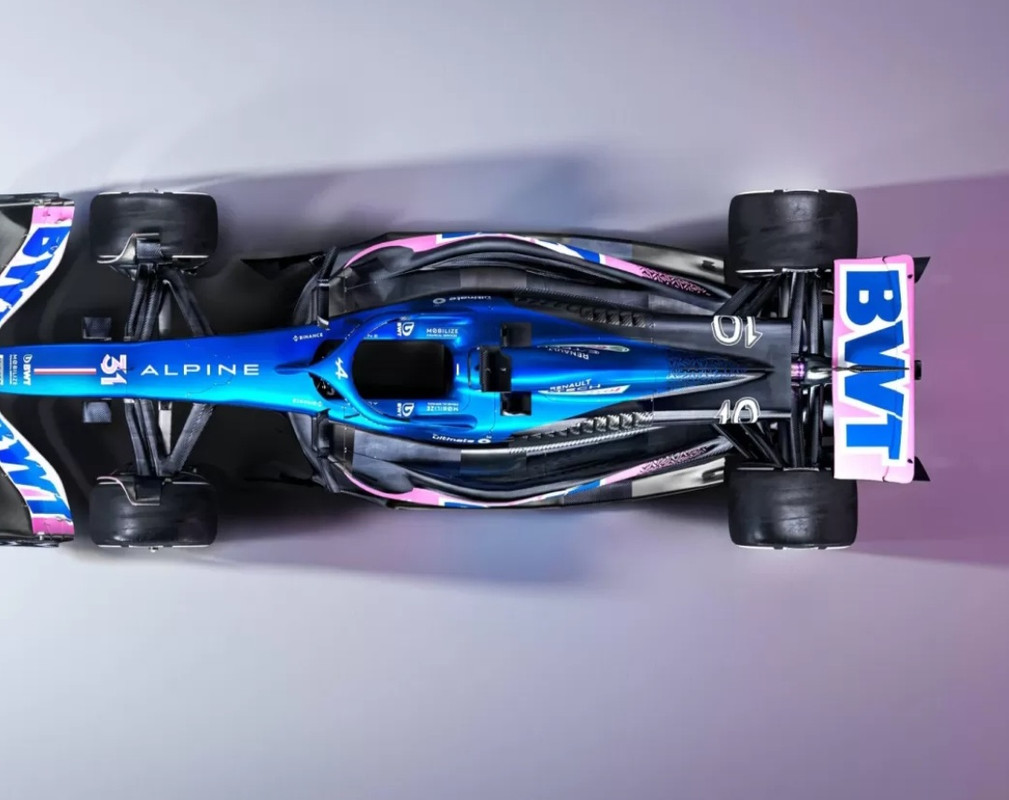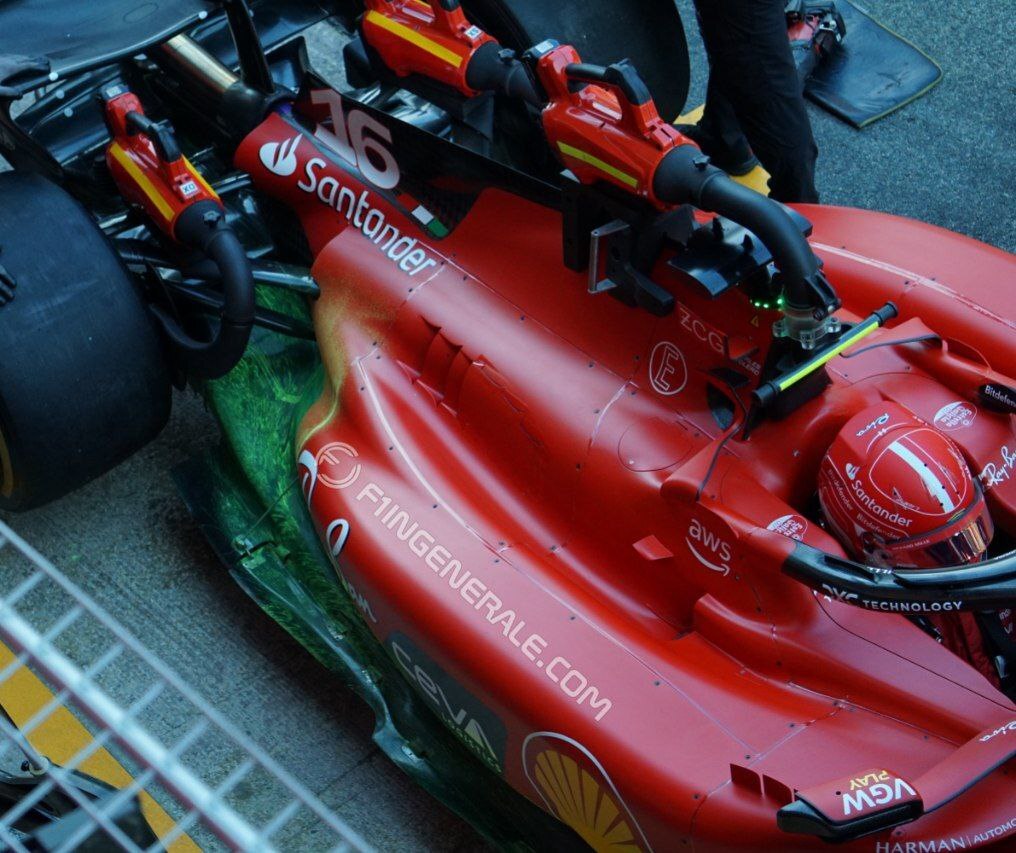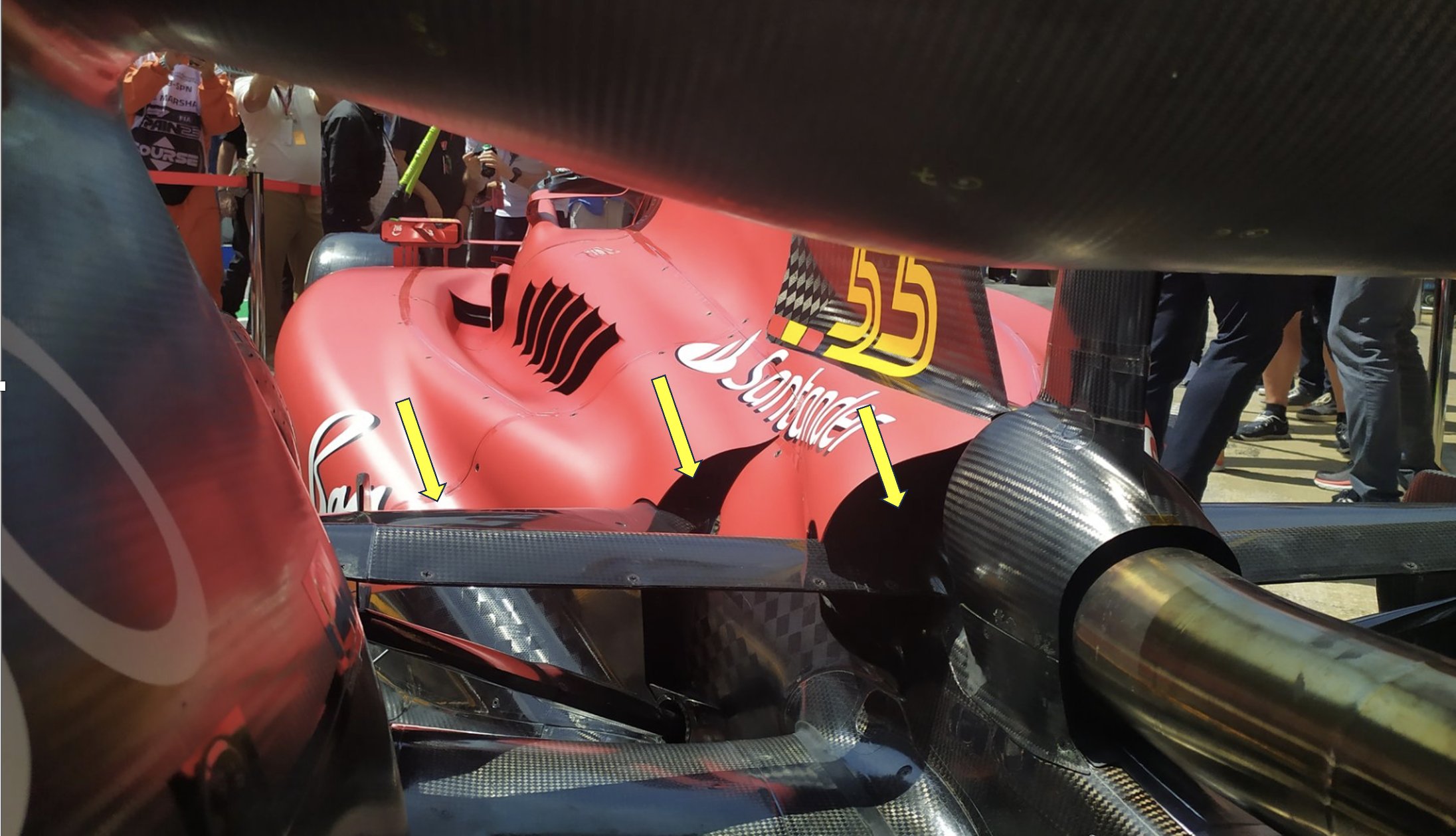Vanja #66 wrote: ↑03 Jun 2023, 13:32
Ferrari's new geometry is unique in how it combines different philosophies. However, the rear corner itself is mostly like Sauber but has even less of the actual ramp. In my view, the only reason they combined the shapes into such a ramp is because they wanted to achieve some pressure recovery there to cut the drag. Judging by comparative speeds at their FP1 fastest laps, Leclerc's car was 2kmh faster, so new parts may have increased the drag actually. Insufficient data to extract reliable conclusion, but this is what we have.
For all intents and purposes, these sides are a different evolution of F1-75 sidepod philosophy if you ask me. Wide for a considerable length and generating inwash just ahead of the rear tyre. This wide section was moved back a lot and the whole rear shape blending was done in the best way possible to achieve the pressure distribution they wanted.
Considering that they kept the inwash as you wonderfully showed, of course you can say that the side boxes are actually an evolution of the F1-75. It's a solution that keeps the original concept and mixes it with others in its own way. On the top side, however, and this is what I was really getting at, there seems to be a trend emerging. High sides, a "trench" inside. This was actually brought to my attention by Sam Collins through his show today. It certainly started with the F1-75.

 bild laden
bild laden



I read your article regarding the Red Bulls underbody. Excellent work! Two thoughts occurred to me, based on Katz diagrams and what you wrote about Ferraris floor. There are diagrams of a wing and diffuser in ground effect (downforce and drag) and you describe Ferrari's floor as a more classic ground effect floor, which were effectively inverted wings. Is it possible that Red Bull's low drag comes from the fact that Red Bull's underbody has this special geometry and shaped "roof" and therefore it produces drag more like a diffuser and the floors of the others actually produce drag more like a wing (exaggerated but you know what i mean, don't you?)?
The second thought concerns Red Bull's dominance, Ferrari's and Mercedes' problems, and ride height. As you explain, the Strake Vortex can roll up better in Red Bull's floor, which is logical and probably the explanation why they can use lower ride heights. Wouldn't it then also be the reason for Ferrari's and Mercedes' problems? Couldn't it be that the low roof compresses the vortices and makes them elliptical and changes their vector field when the car compresses or under yaw and roll? Even burst when they use lower ride heights? The consequences
would probably be exactly what we observe such as loss of downforce, unconsistent or changing downforce or even worse. The worse control over the aeroplatform would of course make the whole thing worse, as it does actually happen. Couldn't this be the reason for their problems? Unfortunately, this would also mean that there is nothing left but to develop a new floor concept a la Red Bull....

 bild laden
bild laden





